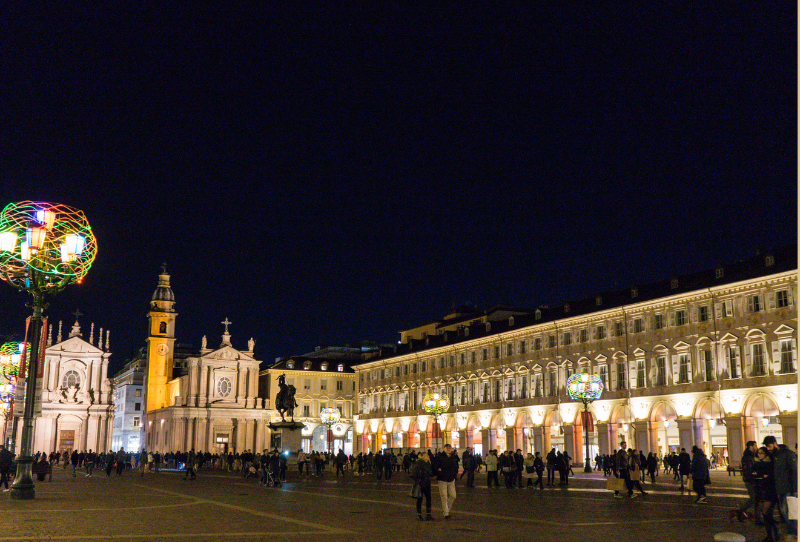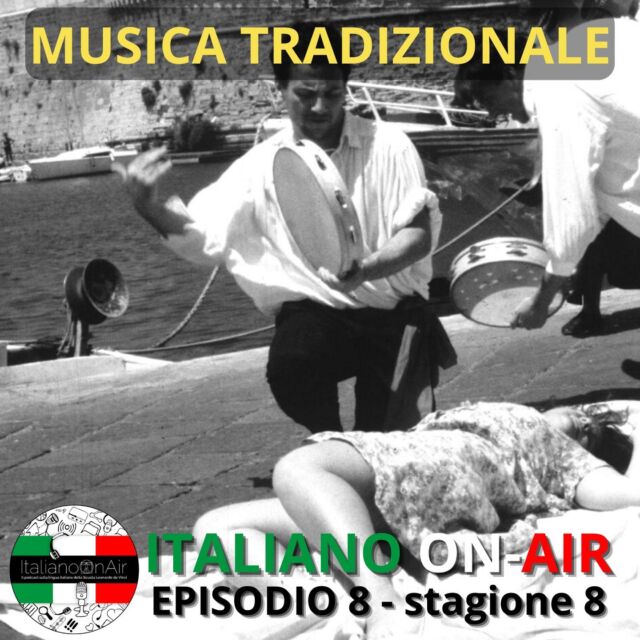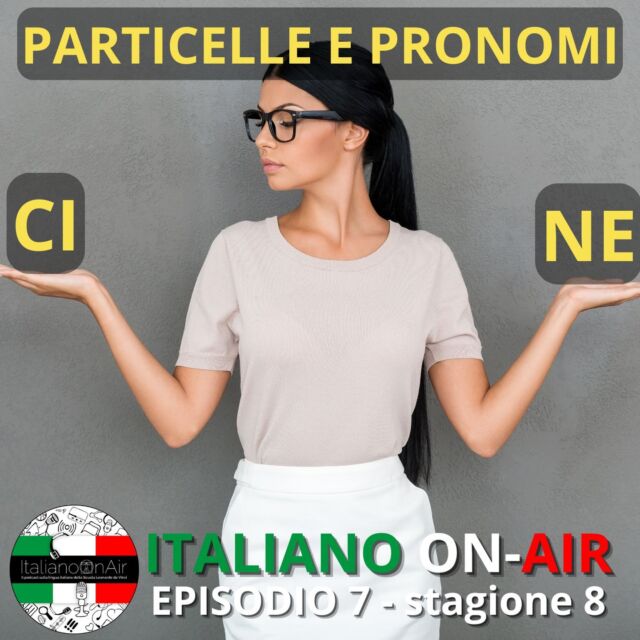Undoubtedly, Piazza San Carlo. In fact, it is also referred to as "Turin’s Living Room". With an area of 12,768 square meters, it is one of the largest pedestrian areas in the city. It owes its current appearance to Turinese architect Carlo di Castellamonte who worked there in the seventeenth century, but most of the present-day arcades were designed a century later by Roman architect Benedetto Alfieri.

The history of Piazza San Carlo
The history of the Piazza, named after Saint Carlo Borromeo, is inextricably linked to events related to the Savoy family, including the arrival of the most important and discussed relic in the world: the Holy Shroud, that is, the sheet in which the body of Christ is said to have been wrapped after his crucifixion.
The transfer of the Shroud to Turin happened thanks to Emanuele Filiberto of Savoy, known as Testa 'd Fer (literally Iron Head). The capital of the Duchy of Savoy had already been transferred from Chambery to Turin fifteen years earlier when Emanuele Filiberto managed, on a cunning pretext, to transfer the most important symbol of Savoy prestige to the city.
This great opportunity presented itself in 1578, when Carlo Borromeo – then archbishop of Milan – expressed his wish for a pilgrimage to the Shroud, to fulfil the vow he had made in order to stop a serious plague epidemic. The Duke, so as to shorten the journey of the now elderly (and reputedly saint) Milanese archbishop, decided to have the Shroud temporarily brought to Turin. Except that after the Saint Carlo’s pilgrimage, the relic was never returned to Chambery. The memory of the Shroud still appears in a small fresco on the corner with Via Alfieri.

At the time, the square, which was called Piazza Reale, was very different, because it was located outside the city walls and there were no twin churches. Work on the construction of the Church of San Carlo, after whom the square was named, began in 1619; the Church of Santa Cristina, where the Madama Reale by the same name was buried, was begun in 1639. Between 1643 and 1646, Madama Cristina was responsible for the construction of the monumental arcades, decorated with the military trophies of Charles Emmanuel III.
From 1650, the square was used for military purposes and took the name of Piazza d'Armi, while in 1706, during the French siege of the city, it was hit by three cannonballs, still set in the façade of the building above Caffè Mokita.
During Napoleon’s occupation, Piazza San Carlo temporarily became Place Napoléon, while on 21 September 1864 it was the scene of one of the bloodiest events in the history of Turin: 184 people, who had taken to the streets to peacefully protest against the transfer of the capital of Italy to Florence, lost their lives there.
Piazza San Carlo is one of the most popular places for Turin residents and tourists because it is a true concentration of curiosity and beauty. Precisely for this reason we have chosen it as the location of our new school in Turin (but sssh it's still a secret).

Other articles from Scuola Leonardo da Vinci Turin:
- Discovering Vernante, Pinocchio’s town in Piedmont
- Turin’s Museum of Chocolate is finally open
- In Turin, a breaded cutlet is called grissinopoli
- Fritz the elephant and Turin’s Museum of Natural Sciences
- A good reason to come to Turin in 2024? Celebrate Guarino Guarini’s 400th anniversary and discover his masterpieces
- Ruchè from Castagnole Monferrato and the beautiful village of Montemagno
- The Castle of Pralormo and the Messer Tulipano event
Scuola Leonardo da Vinci Turin
The welcoming friendly atmosphere of our school will make you feel at home and you can relax with your classmates in the small gardens of the adjacent pedestrian area.









 Exclusive Black Friday deals
Exclusive Black Friday deals 
 on ou
on ou
 ITALIANO ON-AIR
ITALIANO ON-AIR parliamo delle tr
parliamo delle tr


 para Aula
para Aula 


 e birra
e birra è davvero una
è davvero una 

 da @scuolaleonardoital
da @scuolaleonardoital
 ! Abbiamo
! Abbiamo 



 スクオーラ・レオナルドダヴィン
スクオーラ・レオナルドダヴィン
 We are
We are



 sono appena finite e noi
sono appena finite e noi